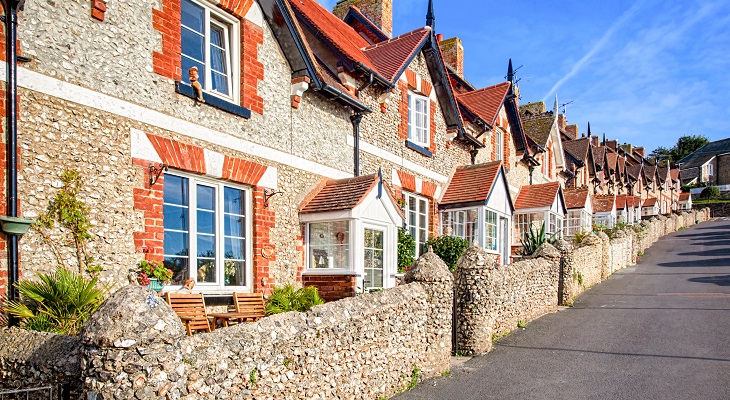
Brexit: Where next for the housing market?
Posted on: Wednesday, August 3, 2016

Brexit is now over four weeks’ past, yet the residential property market is still searching for its mojo.
Since the historic vote, Theresa May was appointed PM ahead of expectations, England appointed a new football manager, and Andy Murray won Wimbledon - so some normality was resumed. However, the share prices for almost all of the leading estate agency groups fell dramatically, and Buy To Let continues to lick its wounds over changes to Stamp Duty and the forthcoming tax changes. So how do we read the runes and predict the next 12 -24 months’ ahead for UK homeowners?
Blow away the media froth, and the market (outside of London) actually looks steady and predictable. Prices are holding up, properties are selling (on average) for at least 99% of the asking price, withdrawals are no higher than pre-referendum, and mortgage rates continue to be the most competitive in history.
The capital is a different story: there were already some concerns in the Spring that prices were ‘overheating’ and a correction was inevitable. Brexit merely acted as a catalyst - with offers, prices achieved and completions all adversely affected at least in the short term. The London market has always fluctuated more than the rest of the UK as overseas and speculative investments help drive activity. However, recent sterling depreciation should help restore some confidence, as should the early political appointments and the conciliatory tone being adopted from Downing Street.
Looking at the macro-economic picture, there are strong reasons to believe that the residential market will remain healthy for the next few years:
Supply and demand
Despite rhetoric over reducing immigration, the UK population is still expected to grow by up to 50,000 per annum. The UK needs at least 200,000 new homes every year to cope with rising demand, amplified by the changes in trends and demographics (people living longer, more single-person households, less downsizing), but currently less than half of this number are being built. Increased uncertainty and a complicated planning system are unlikely to stimulate an acceleration in new build activity anytime soon, so prices should remain steady or more probably rise at up to 5% per annum.
Cost of borrowing
Interest rates are expected to remain below 2% for the next 18 months, and with 10 year fixed deals available at under 3%, there is a ‘once in a lifetime’ opportunity for homeowners to secure exceptional deals, reducing inherent risk. This also makes upsizing more attractive, especially if prices are expected to nudge upwards at faster rates than mortgage interest. Also, the domestic debt burden has reduced significantly since 2008 (the last housing crisis), helped by low interest rates, meaning households are better placed to survive any sudden shocks. The Banks / lenders have also been extensively ‘stress tested’ and seem better prepared than ever before to cope with any jolts to the system.
Government Strategy
We do not yet know the Housing Minister’s intentions, but the fact that Brandon Lewis is also Minister for London may give some hints. London’s population has grown by around 10% since 2010, and is predicted to grow another 1 million (14%) by 2024 as the city remains a prime focus for those seeking employment. As the political capital, it is also witnessing growing discontent from hard-pressed tenants and record ratios of residential prices to disposable income.
Therefore, we can expect better property options (sales and lettings) for Londoners to be a key focus for the new cabinet - and a dynamic capital economy will radiate out to the shires and the new commuting corridors, such as East Anglia and the Medway.
UK levels of home ownership continue to fall (now down to 64%, even lower in some northern cities such as Manchester now at 58%). This is actually a common long-term trend in most advanced countries (e.g. France, Germany) and, given limited public investment in social housing, should encourage the private rental market to fill the gap - so ‘Buy To Let’ and ‘Build To Let’ should start to flourish once again.
Longer term, the UK economy (and therefore the residential housing market) will depend on three main factors: GDP growth per capita (often called productivity), population growth, and levels of interest rates. Currently, the outlook for two of the three support renewed confidence in the UK residential property market.
Read more from Marcus on Brexit here.





